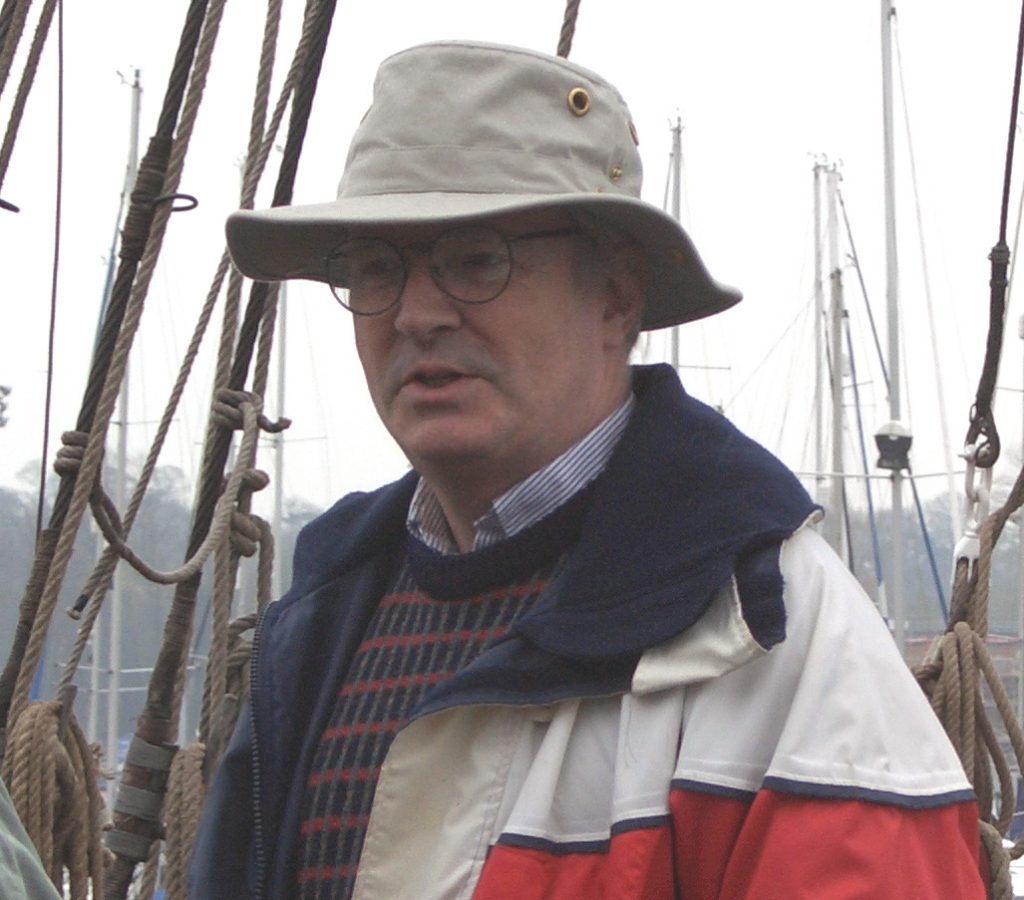The Story so Far
Leaving school at 16, I started my working life as an apprentice in a blacksmith, before undertaking 6 years of training as a naval architect for the Admiralty. Aside from the university time involved, there was also time at sea with the Royal Navy, and at research establishments and dockyards. A colleague and I also found time to design and build a sailing hydrofoil, which was entered for the sailing speed trials in 1978 and 1979. It was extremely successful – so long as you remember there are two extremes.
After training, on to work in Bath where the Navy’s design offices used to be. I started with a couple of years in the Forward Design Group working on the Type 23 frigates (the Duke class). Events in the South Atlantic meant that I had to switch from designing frigates to mending them, and so spent 5 months in the Falkland Islands. I don’t much like flying, so hitched a lift back to UK on a submarine.
Three more years in Bath working on submarine design, before leaving to undertake an MBA at Edinburgh University, followed by 4 years with a consultancy firm.
So far so normal
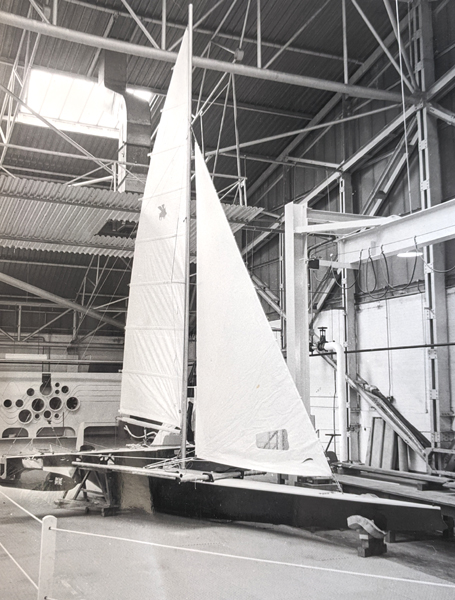
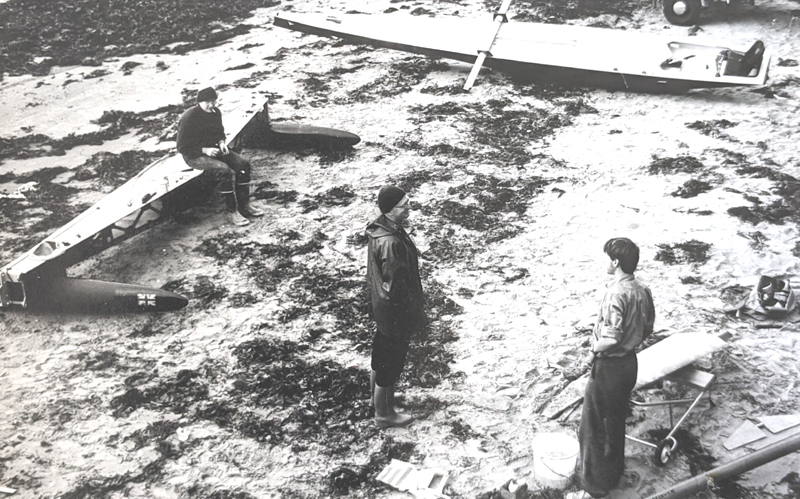
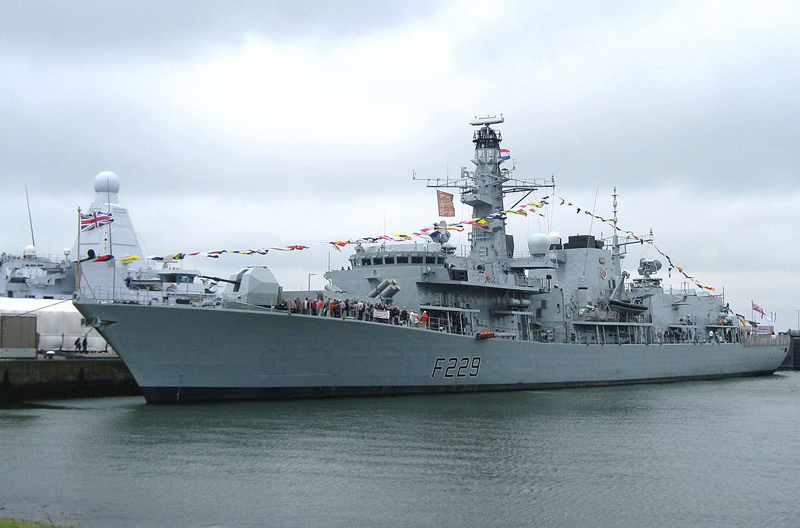
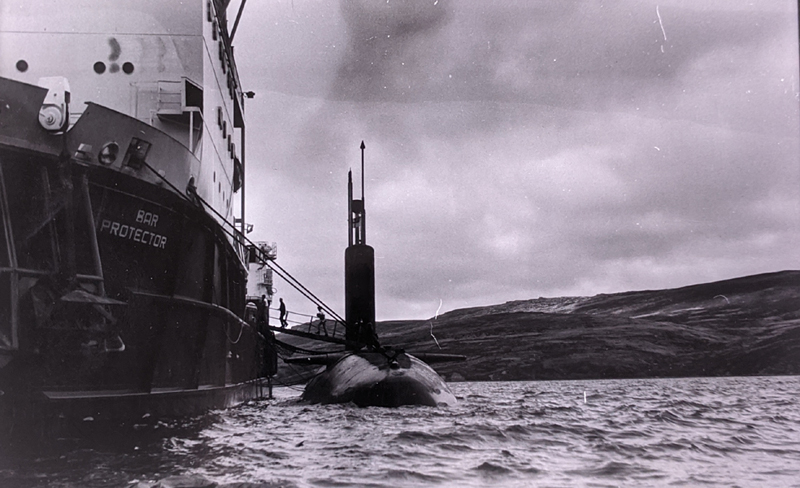
Until one fateful evening when I bought a copy of Dalton’s Weekly – which until it closed in 2011 was a listing of businesses for sale. And there advertised was a “Unique Opportunity” to take over a chandlery in Suffolk. Despite my half-Welsh wife’s protestations that she wouldn’t move from Bath to the “Far East” I took over Robertson’s Chandlery in March 1991, re badging it the Woodbridge Boatstore.
It was a corner-shop chandlery, and even then it was the case that you had to be big or specialist; to start with we were neither. I had the notion to serve the classic boat sector (I had looked at traditional boatbuilders for my MBA dissertation), but found to my amazement that half the stuff people wanted wasn’t being made any more. And so in 1991 we started to make fittings, starting with rudder gear and mast furniture in bronze.
In 1994 I bought Classic Marine – a firm based in Scotland who had organised agencies for a variety of manufacturers around the world – and for a while ran the two names in parallel; Classic Marine for larger craft, Woodbridge Boatstore for smaller ones. Apart from the confusion it caused, it was hearing a Frenchman trying to pronounce Woodbridge Boatstore that finally clinched the decision to focus on Classic Marine. The name works in almost every language.
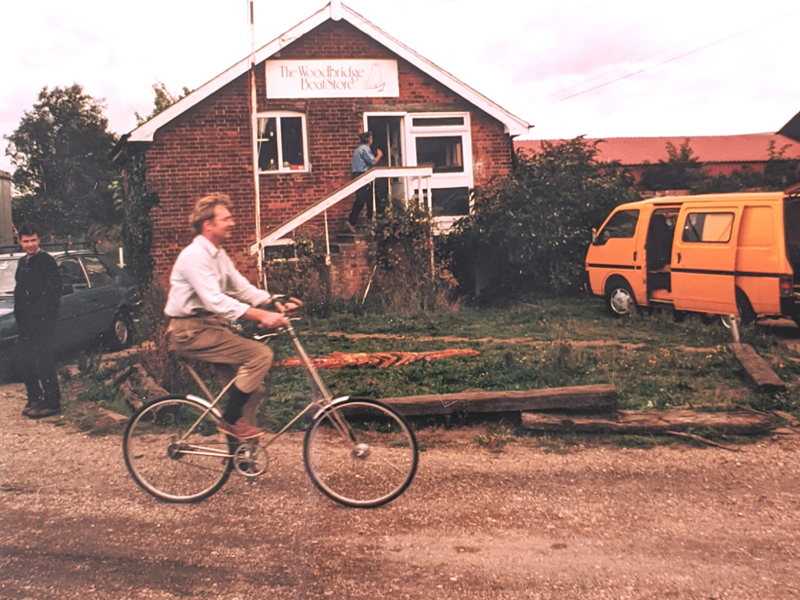
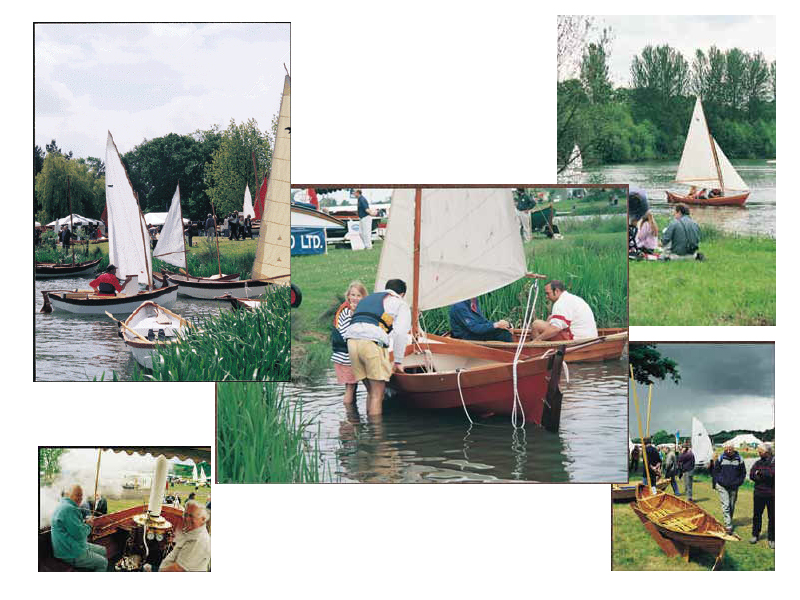
In that period up to 2000 or so it was all to do with going round shows in UK and Europe, developing networks and building friendships. When the National Maritime Museum at Greenwich decided that they wouldn’t stage another Wooden Boat Show after 1998, I and five others formed a committee to put on a new boat show at Beale Park in Berkshire. It is a great location, complete with a lake. And so Boats 99 – later Boats on Show – was born with initial support from ten backers from the classic boat community. In ‘99 there were 120 exhibitors, it looked great and it didn’t lose too much money. In 2000 it broke even so all was optimistic for 2001….until the foot and mouth outbreak of that year closed the farm whose land we were using.
The momentum was lost, never to be regained. Though Boats on Show re-appeared at Penton Hook in 2002/3, and the Beale Park Boat show stumbled on until 2018, it never worked commercially. Not only did we run out of money in 2003, we also ran out of ideas on how to make it viable.
At the same time the other factors coming into play were the internet and e-commerce which completely transformed the nature and purpose of boat shows. In the UK at least the national marine body was spectacularly slow to react, the final dividend of that being the cancellation in 2019 of the by then moribund London Boat Show.
But the internet also transformed the prospects of specialist firms like Classic Marine. It was obvious during the dot-com boom that sites which were broad and shallow were going to suffer in any bust. But equally obvious that outfits which were narrow and deep could find a worldwide market. In 2000 I started a webshop on the Classic Marine website, and every month it added the equivalent of doing the Southampton Boat Show. I have no doubt that the internet saved us in that period, as we rode out the 00-01 recession without blinking. And didn’t do Southampton (at considerable cost in money and time) again.
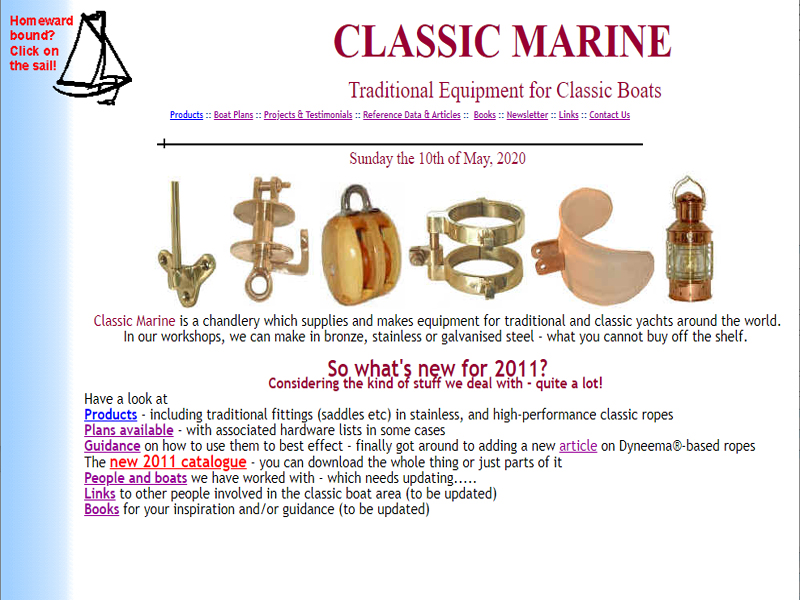
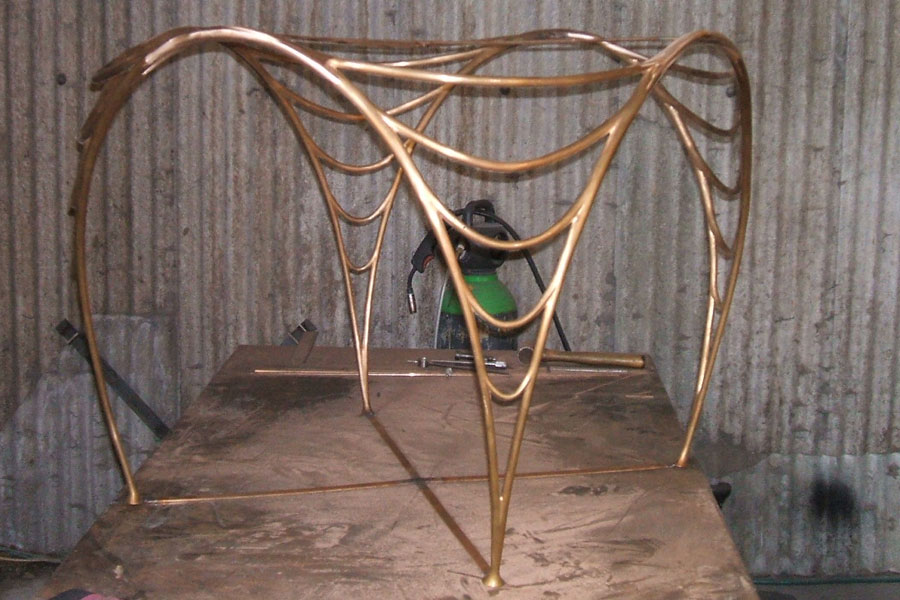
Over the next few years we were getting the odd non-marine commission, mostly for bronze pieces for a house or garden. So in 2005 Bronzework was born as a distinct entity within Classic Marine, and developed nicely, often because very well-off people spent money on things for their London flats. Strangely they didn’t notice the banking crisis of 2008 – clearly that was for ordinary mortals to bear once governments had rewarded banks for their folly – and Bronzework/Classic Marine flourished.
In mid 2015, I agreed to sell the retail side of Classic Marine to Suffolk Yacht Harbour in Levington on the Orwell – a good home, since they did a good deal of work on classic boats (and held a classic regatta every summer) and had a chandlery already on site. That happened in January 2016, leaving me with just the workshop side making marine and architectural metalwork.
And then came the EU referendum in June 2016, which really did make the wheels come off the bus. Foreign money left the London property market and the furniture side of the business shrank notably. The boat stuff carried on, but on the non-marine side I re-focussed on to heritage work as the sector most likely to keep going. In broad terms that means castles, colleges and churches, which has comprised the majority of work for Bronzework for the past 4 years.
By 2018 I was looking to retire, so sold the marine part of the business to East Coast Stainless in Ipswich, retaining my own workshop for non-marine commissions. I agreed to work part-time for ECS, and that has worked out very well.
So semi-retirement beckoned – 2 days a week in Ipswich, the odd bit of Bronzework, time to do a bit of voluntary stuff, and get on with some of the projects cluttering up my sheds. Not to mention writing a book on traditional rigs.

It’s been a lot of fun, and I have been lucky enough to try all sorts of things. But I’m now (2023) retiring to get on with some of my own projects, to spend time developing the Suffolk Repair Shed and writing that series of articles on traditional rigs.
So I won’t really be taking on outside work – unless it is either interesting or difficult……….
